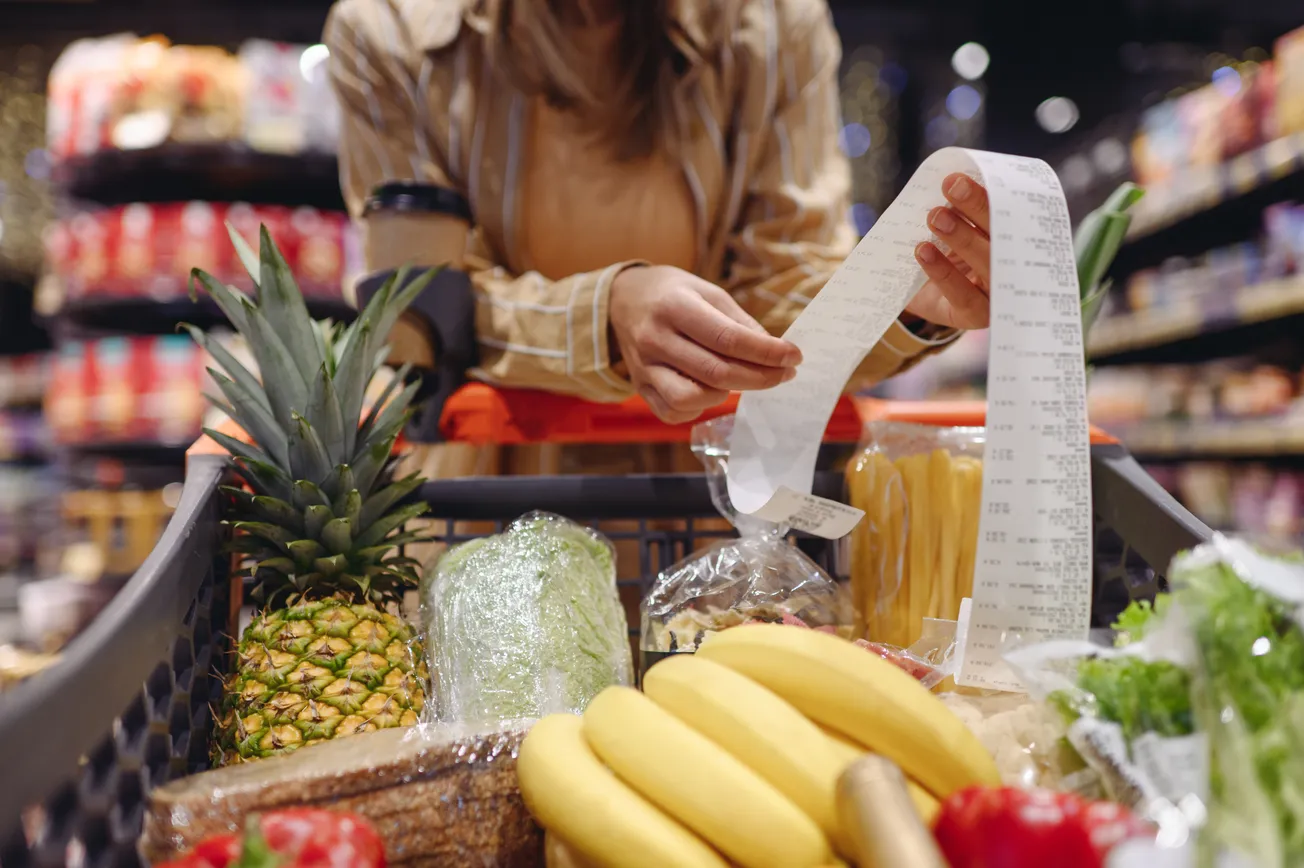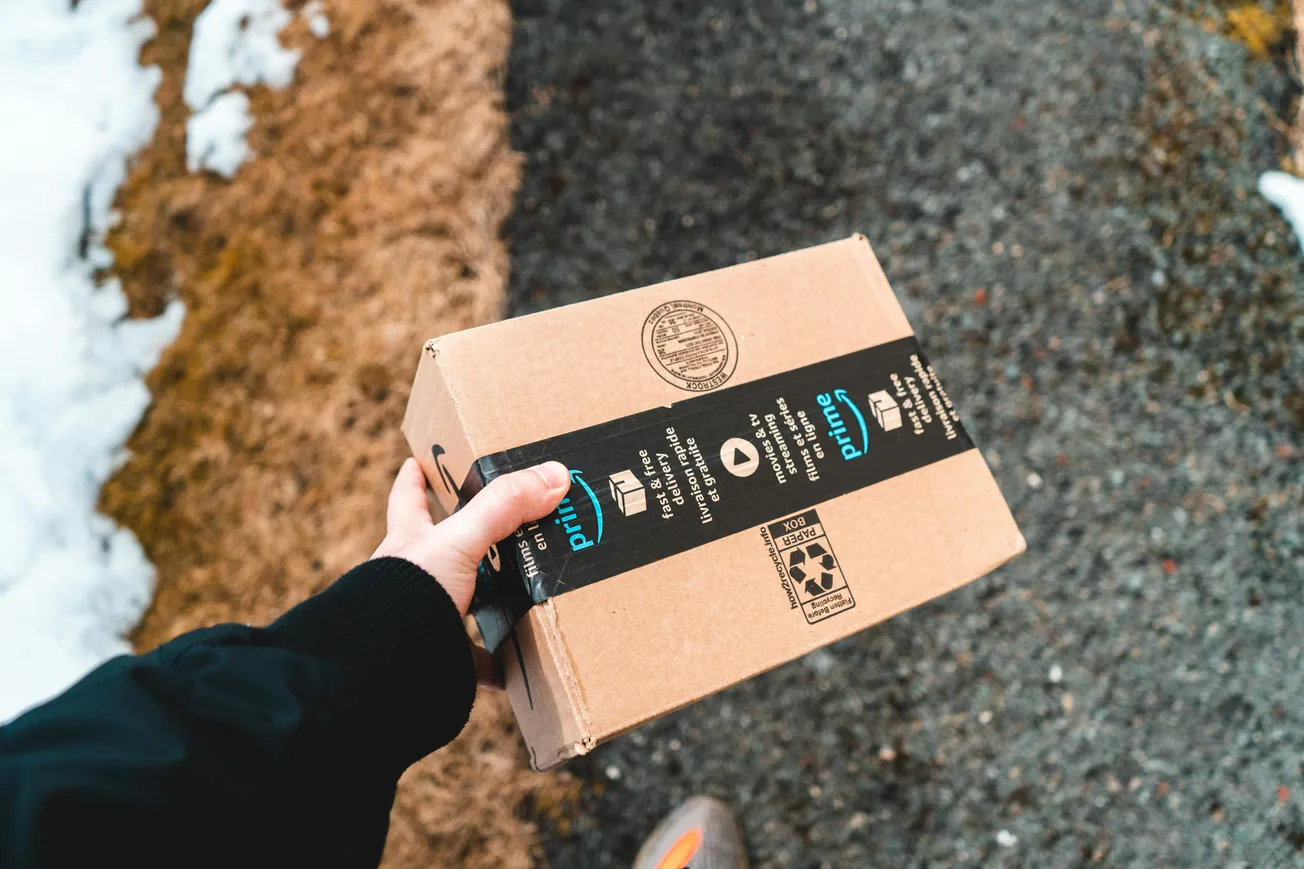Dynamic Pricing Today: Momentum and Misgivings
U.S. grocery chains are rapidly rolling out electronic shelf labels (ESLs) to support dynamic pricing – a technology that allows prices to update from corporate HQ almost instantly. Retail giants like Walmart, Kroger, Lidl and Whole Foods have begun extensive pilots or deployments of ESLs across hundreds of stores.
This shift brings benefits: lower labor costs, reduced paper waste and enhanced efficiency. Retailers argue dynamic labels help manage inventory and margins more effectively, particularly for perishables nearing expiration.
Consumer Concerns and Legislative Scrutiny
Despite operational upsides, consumer distrust is mounting. Many shoppers fear dynamic pricing may morph into “surge pricing,” where prices increase unpredictably based on demand or external factors like weather or time of day. Lawmakers, including Senators like Elizabeth Warren, are voicing concerns, and legislation to restrict digital label use is under consideration in states such as Rhode Island, Maine and Arizona.
However, emerging data suggests these fears may be premature. A multi-year study of grocers using ESL technology found virtually no increase in demand-driven price hikes – only a negligible 0.0006% uptick – paired with a modest rise in discounts.
From “Evolution or Greed?” to Real-World Impact
In our previous piece from 2024, “Dynamic Pricing: Evolution or Greed?”, we debated whether these pricing strategies represented technological evolution or corporate opportunism. The article discussed the promise of dynamic pricing for better inventory management and efficiency while acknowledging public fears over misuse.
As of today, evidence leans toward evolution, not exploitation. Dynamic pricing tools are being used primarily to optimize margins, reduce food waste and enhance operational agility instead of gouging customers. The transformation remains mostly moderate and technical so far, rather than manipulative.
To bridge the trust gap, grocers are now prioritizing transparency. A recent Forbes commentary stresses the need to clearly explain how and why prices change, highlighting fairness as a foundational value for acceptance of dynamic models.
Outlook: Strategy, Transparency, Trust
- Operational edge: AI and ESL technologies empower grocers to respond swiftly to supply, demand, inventory levels and cost shifts.
- Consumer trust is key: Clear messaging about pricing logic, ethics and exceptions is essential to prevent backlash.
- Policy may shape practice: Emerging state-level legislation and federal scrutiny may restrict certain dynamic pricing uses, especially surveillance-based models.
The grocery industry’s flirtation with dynamic pricing appears to be technological evolution in motion and not yet a consumer-facing upheaval in pricing norms. Still, trust and transparency will determine whether consumers embrace or reject the next wave of retail innovation.






